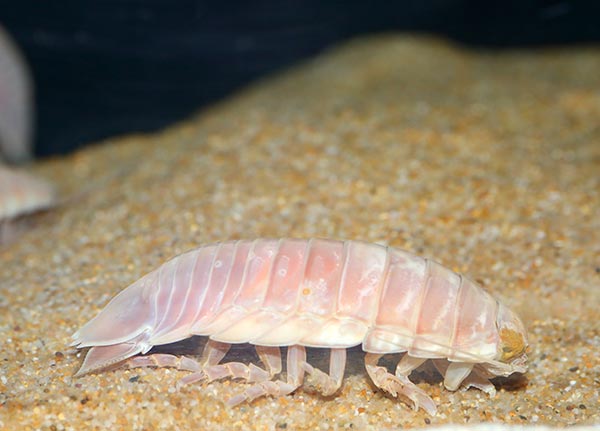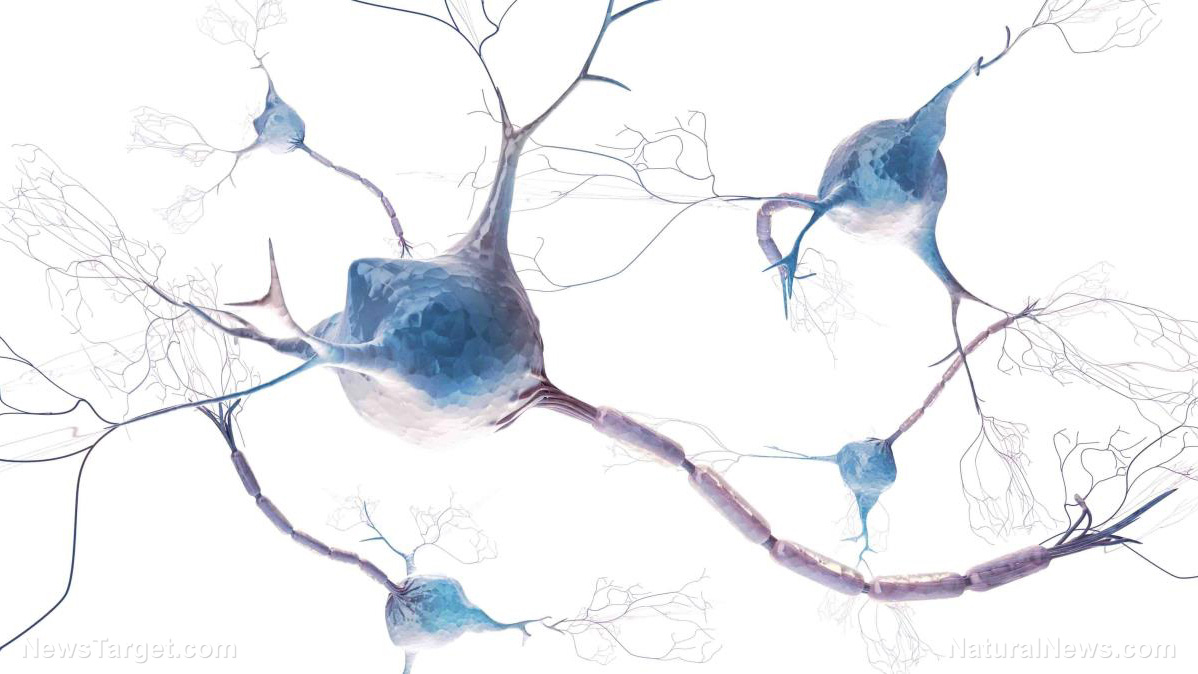Major core protein in plants helps fight infection
11/13/2019 / By Edsel Cook

Researchers have identified a core protein in plants that may play a significant role in fighting off infectious bacteria. The molecule has been shown to control the immune response of plants.
When activated, the molecule boosts the immune system of plants, allowing them to resist diseases. It may help protect crops against bacterial infections.
The University of California Riverside (UCR) research team came across this regulatory genetic protein while experimenting with thale cress (Arabidopsis thaliana). The small flowering plant is a popular model species in biological studies.
UCR researcher Hailing Jin and his teammates were studying the Argonaute protein in thale cress. A critical core protein in the ribonucleic acid (RNA) interference machinery, Argonaute activated during infections caused by harmful bacteria. During the infection, a process called “post-translational modification” took over the Argonaute protein. It regulated the level of the protein and the small RNA connected to it.
RNA molecules controlled biological processes. They accomplished their role by interfering with gene expression. By taking over both the Argonaute protein and its linked RNA, the post-translational modification increased its control over the RNA interference machinery. It made sure that the RNA did not interrupt any biological process needed to fight off the infection, even though those processes were normally inhibited. (Related: The pharmacological effects and anti-cancer potential of Siberian ginseng.)
An Argonaute core protein increased immunity against bacterial infection
RNA interference (RNAi) is a critical mechanism in cells. Many lifeforms use it to control gene expression and the functions linked to these genes.
RNAi works by turning off genes so that the latter cannot activate and sustain the processes associated with it. The process is called “gene silencing.”
An earlier study conducted in Jin’s laboratory revealed that one of the 10 Argonaute proteins got produced in higher numbers during bacterial infections. This protein bolstered the immune response of the plant against the disease. The higher its levels, the stronger the immunity of the plant.
However, increasing the Argonaute protein levels did have a drawback. The energy that went into the growth of the plant got diverted to the immune system. As a result, plants with high levels of the protein might end up stunted in size. In essence, the plant traded long-term growth for short-term survival against potentially lethal diseases.
During normal conditions, the Argonaute protein and its small RNAs fell under the control of arginine methylation. The last was a “post-translational modification” process that regulated the protein.
Arginine methylation made sure that both the protein and the RNA did not reach excessive levels. The plant saved energy, which went into growth and development.
All plants share the same RNA interference system and core protein
During a bacterial infection, the plant suppressed arginine methylation of the Argonaute protein. The now-unrestrained protein and its RNA built up their numbers, thereby strengthening the immune response of the plant.
“If the Argonaute protein and the associated small RNAs were to remain at such high levels after normal conditions returned, it would be detrimental to plant growth,” explained Jin. “But post-translational modification of the Argonaute protein, restored under normal conditions, decreases these levels to promote plant growth.”
All plants possess the RNA interference machinery found in thale cress. They also have equivalents to the Argonaute protein that enhance plant immunity. The RNA silencing process also takes place in mammals and most eukaryotes.
“Until our study, how the Argonaute protein got controlled during a pathogen attack was unclear, and just how plants’ immune responses got regulated by the RNAi machinery was largely a mystery,” said Jin. “Ours is the first study to show that post-translational modification regulates the RNAi machinery in plant immune responses.”
Visit RealScienceNews.com to learn more about the mechanisms and immune responses of plants.
Sources include:
Tagged Under: Argonaute protein, bacterial infections, immune system, infections, phytonutrients, Plants, research, RNA, RNA interference
RECENT NEWS & ARTICLES
COPYRIGHT © 2017 DISCOVERIES NEWS



















